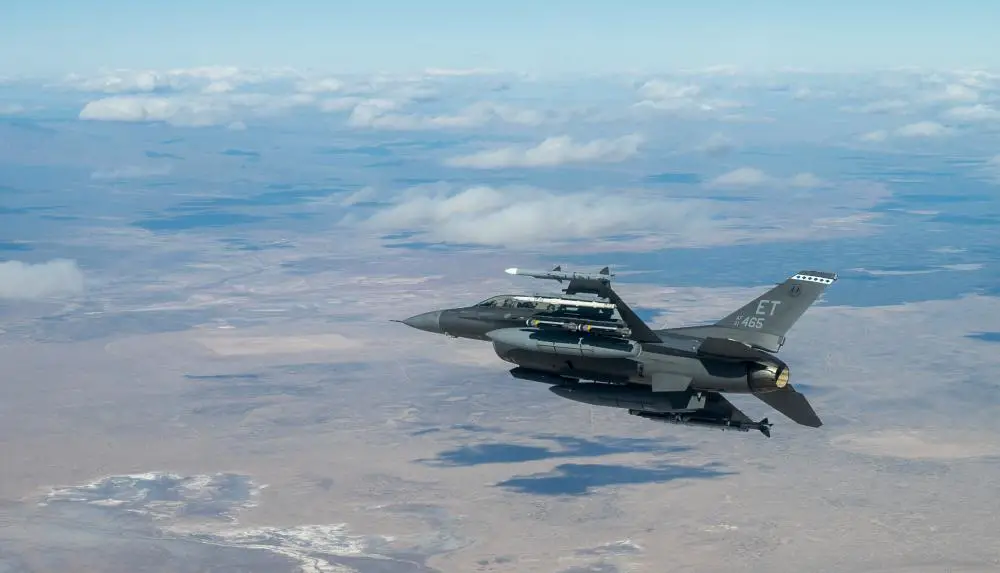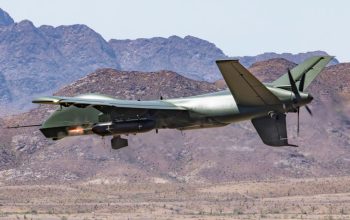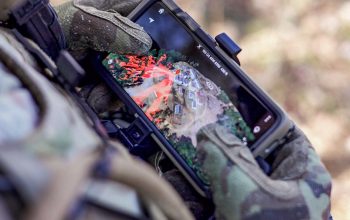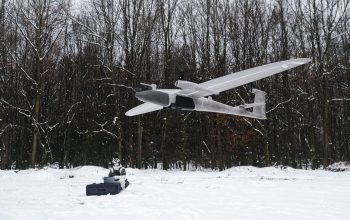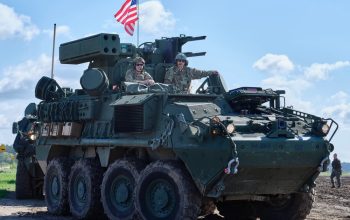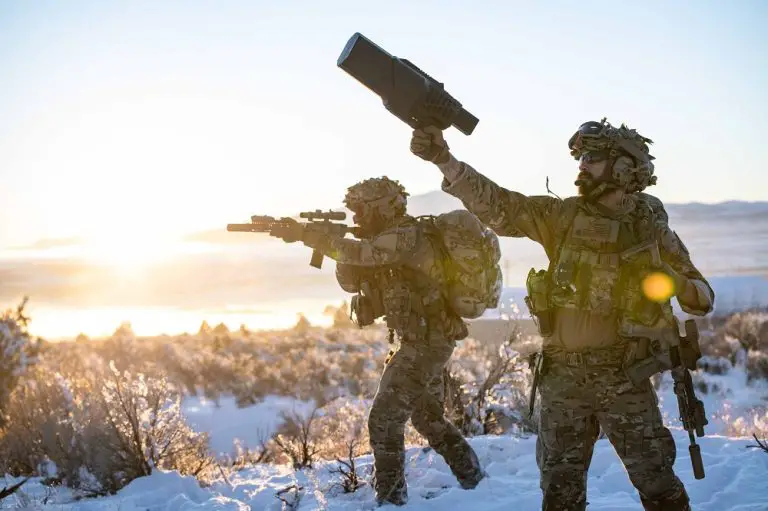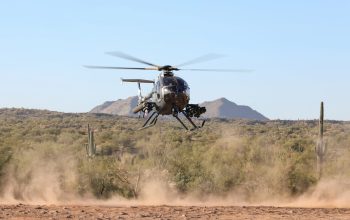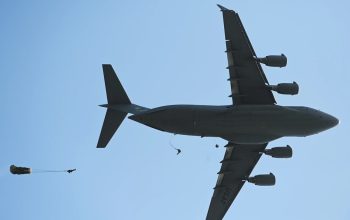F-16 Fighting Falcons assigned to the 40th Flight Test Squadron at Eglin Air Force Base successfully dropped the first of three tests using Boeings’ modified Collaborative Small Diameter Bomb at White Sands Missile Range, New Mexico on December 13th, 2020. Two more test drops will be conducted, expanding the capabilities of the CSDBs each time. The next drop will include four bombs and Air Force Research Laboratory (AFRL) hopes to have accomplished all test objectives by early 2021.
“The Golden Horde demonstration with the small diameter bomb is an important step on the path to Networked Collaborative Weapon systems, ” said Chris Ristich, director of AFRL’s Transformational Capabilities Office. “Completion of this first mission sets the stage for further development and transition to the warfighter.”

The Golden Horde Program being developed by the Air Force Test Center and Air Force Research Laboratory looks to use the CSDB as a proof of concept to show the bombs can work together. The CSDB is modified that when dropped as a pair, the bombs can communicate to each other data using a mesh network. A mesh network allows various devices to link together branching off each other allowing the signal and network to spread further.
The Golden Horde program is an initiative focused on advancing Networked, Collaborative and Autonomous (NCA) weapon capabilities through live and virtual testing. The final new objective was to have two weapons perform a synchronized time on target (STOT) attack on a single target location. Two other weapons were synchronized on two targets, which was also demonstrated on the second test mission. Georgia Tech Research Institute’s STOT algorithm was able to flexibly support the new target requirement without any software changes.
